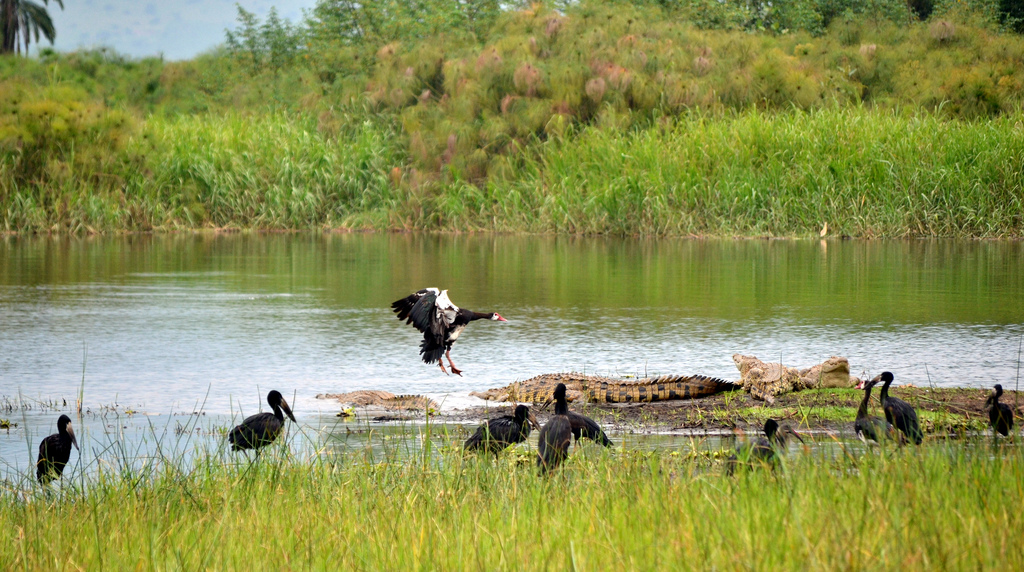ECOSYSTEM
Exploring Ecosystems: Nature’s Interplay
Ecosystem Overview:
- Functional Unit: An ecosystem is a functional unit where living organisms interact with each other and their physical surroundings.
- Diverse Sizes: Ranging from small ponds to vast forests or seas, ecosystems come in varied sizes.
- Global Ecosystem: Some ecologists consider the entire biosphere as a global ecosystem, composed of all local ecosystems on Earth.
Terrestrial and Aquatic Ecosystems:
- Terrestrial Ecosystems: Include forests, grasslands, deserts.
- Aquatic Ecosystems: Encompass ponds, lakes, wetlands, rivers, estuaries.
- Man-made Ecosystems: Crop fields and aquariums also fall under the ecosystem umbrella.
Ecosystem Structure: Understanding the Dynamics:
- Input: Examining productivity.
- Transfer of Energy: Tracing food chains/webs, nutrient cycling.
- Output: Considering degradation and energy loss.
Relationships Within Ecosystems:
- Cycles, Chains, Webs: Explore the intricate relationships formed by energy flows within the system.
- Inter-relationship: Understand the complex web of connections between various components of the ecosystem.
ECOSYSTEM – STRUCTURE AND FUNCTION
Ecosystem Harmony: A Symphony of Components
Integrated Components:
- Biotic and Abiotic Dance: The interplay between biotic and abiotic components shapes the physical structure of an ecosystem.
- Species Composition: Identification and enumeration of plant and animal species define the ecosystem’s unique character.
- Stratification: Vertical distribution, or stratification, showcases different species occupying distinct layers.
Unified Functioning:
- Productivity: The system’s ability to generate biomass and organic material.
- Decomposition: Breaking down of organic matter into essential components.
- Energy Flow: Unidirectional movement of energy through trophic levels.
- Nutrient Cycling: Efficient recycling of essential nutrients.
Aquatic Ecosystem Exemplified:
- Pond as a Microcosm: A pond serves as a self-sustainable and illustrative example of complex interactions.
- Abiotic Components: Water, dissolved substances, and soil deposits form the abiotic foundation.
- Solar Influence: The sun governs the pond’s functions through temperature cycles and climatic conditions.
- Autotrophic Components: Phytoplankton, algae, and various plants contribute to the autotrophic community.
- Consumers: Zooplankton, free-swimming, and bottom-dwelling organisms represent the consumer trophic levels.
- Decomposers: Fungi, bacteria, and flagellates thrive in the pond’s bottom, ensuring decomposition.
Ecosystem Functions Recapitulated:
- Energy Conversion: Autotrophs convert inorganic into organic material using solar energy.
- Consumption Dynamics: Heterotrophs feed on autotrophs, maintaining a dynamic ecological balance.
- Decomposition Cycle: Dead matter undergoes decomposition and mineralization, releasing nutrients for reuse.
- Energy Movement: Energy flows unidirectionally to higher trophic levels, dissipating as heat to the environment.



